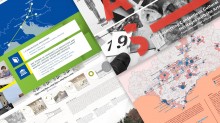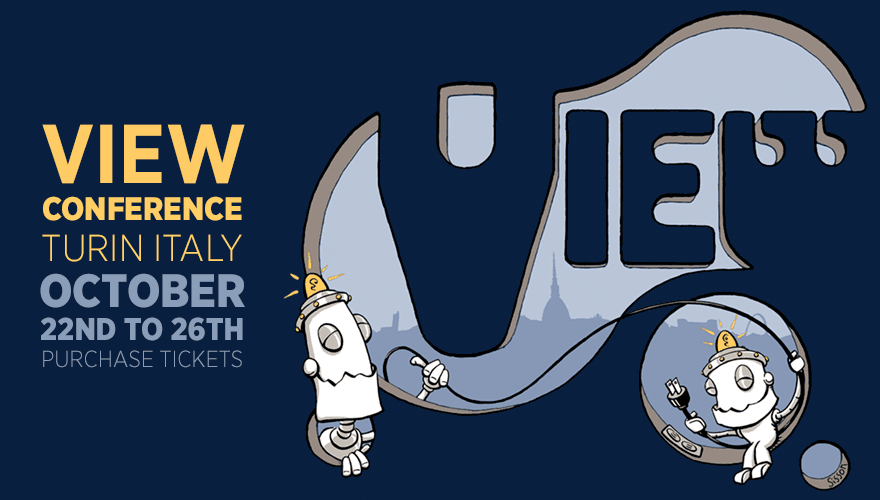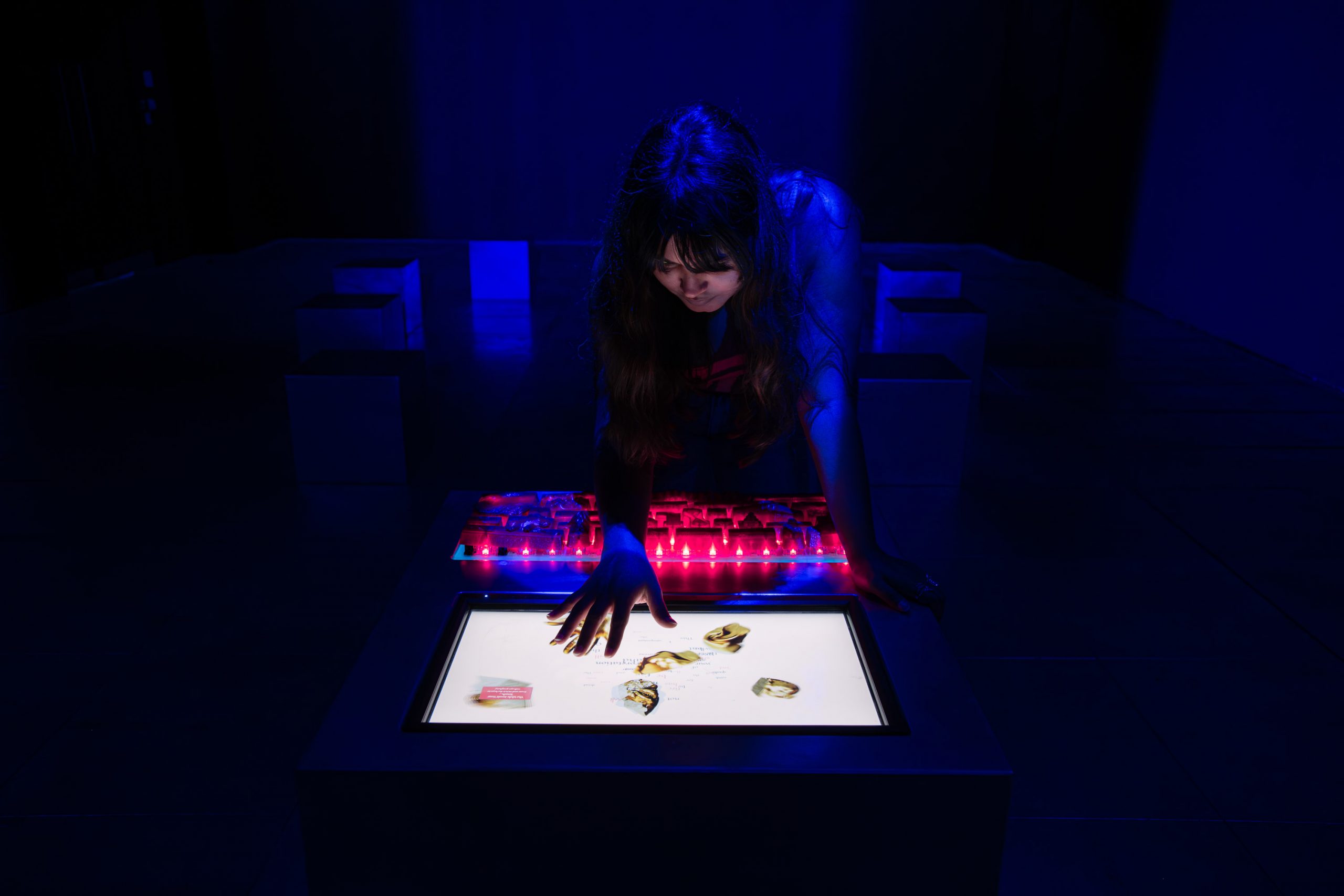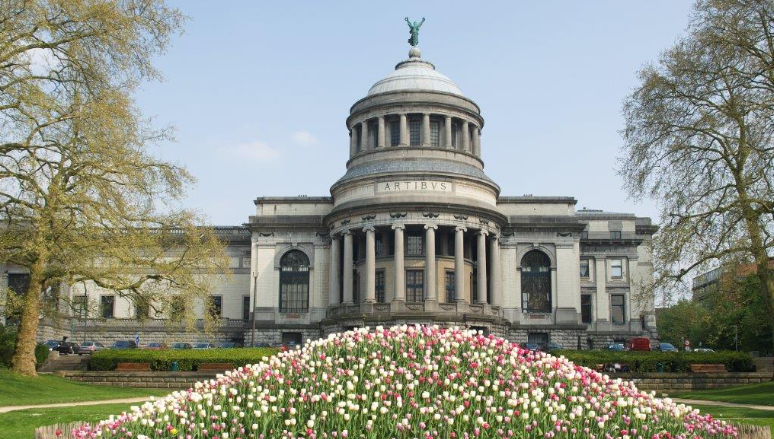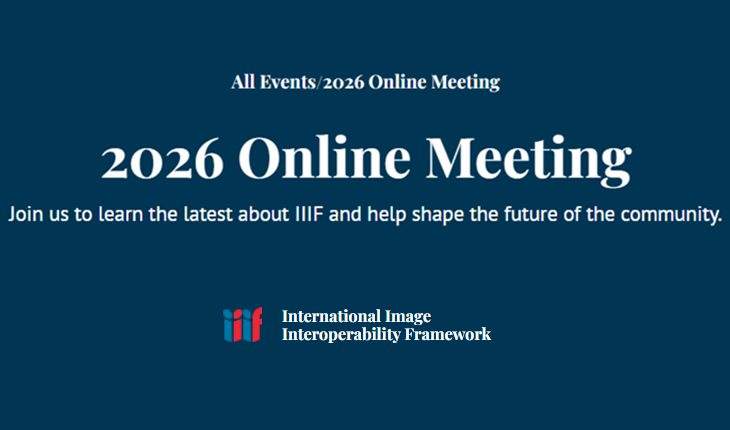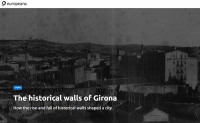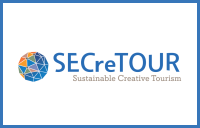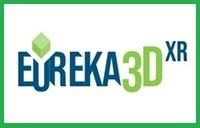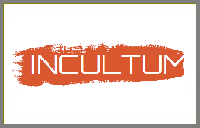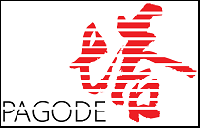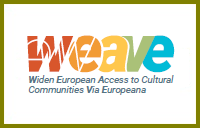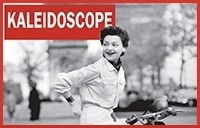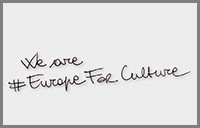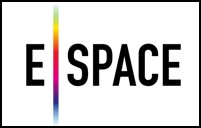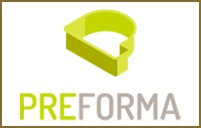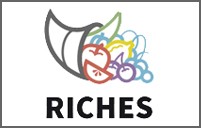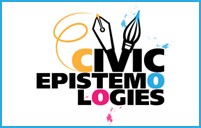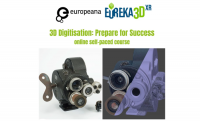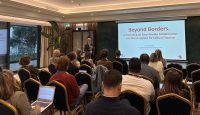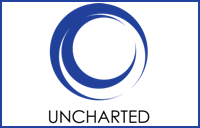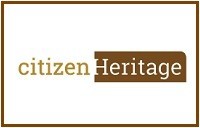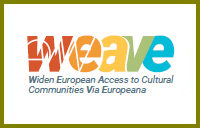
Communicating the Museum (CTM) was launched in 2000 and since then over 5’000 professionals from the cultural sector have attended this conference.
Communicating the Museum’s 21st edition will take place in Chicago, 24-27 September 2018 at the Chicago History Museum, the Art Institute, the Museum Campus South and many more of the city’s finest cultural institutions.
Curated for the curious, CTM gathers a worldwide panel of museum professionals, thinkers, entrepreneurs and creatives.
2018 theme is DARE TO BE FUN.
After coming together to discuss engagement, dialogue and participation in recent editions of Communicating the Museum, it is now time for us to consider the museum’s personality and voice.
Once elitist and didactic, cultural institutions are increasingly dynamic, inclusive and exciting actors. With the rise of social media, museums have defined unique personalities and adopted more direct voices. Recent years have seen rise to labs, takeovers and hackathons, encouraging diverse actors to bring museums to life in their own ways. How are these new voices and attitudes impacting the global conversation about cultural communication and visitor strategies? How can the museum tell great stories, inspire imagination and be fun while remaining true to its values and missions in education and conservation?
Across a four-day programme of events, debates, workshops, talks and tours, you will discover the best museum branding, outreach initiatives, and the most insightful successes (and failures) in the fields of communications, education and audience engagement.
Confirmed speakers include:
- Jake Barton, Principal, Local Projects, USA
- Nina Diamond, Managing Editor and Producer, Digital Department, The Metropolitan Museum of Art, USA
- Dustin Growick, Senior Creative Consultant, Museum Hack, USA
- Russell Lewis, Executive Vice President and Chief Historian, Chicago History Museum, USA
- Gill Nicol, Director of Audience Engagement and Learning, Museum of Contemporary Art Australia, Australia
- Erika Stenson, Head of Marketing, Communications and Business Development, Royal British Columbia Museum, Canada
- Gary Stoppelman, Deputy Director Marketing & External Affairs, Newfields, USA
- Wouter van der Horst, Educator Schools & Digital, Rijksmuseum, Netherlands
More info and registration: http://www.agendacom.com/communicating-the-museum-2018-chicago/


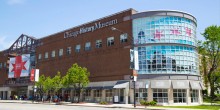
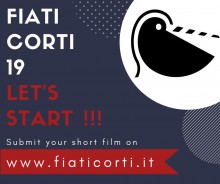


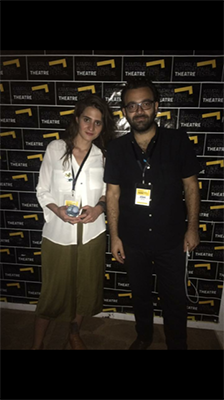 Minwal Theater Company is a Lebanese theatre company awarded last year at the third edition of Le Meraviglie Del Possibile, LMDP International Theater art and new technologies’ Festival, with their work BARZAKH | Isthmus, in December 2016.
Minwal Theater Company is a Lebanese theatre company awarded last year at the third edition of Le Meraviglie Del Possibile, LMDP International Theater art and new technologies’ Festival, with their work BARZAKH | Isthmus, in December 2016.
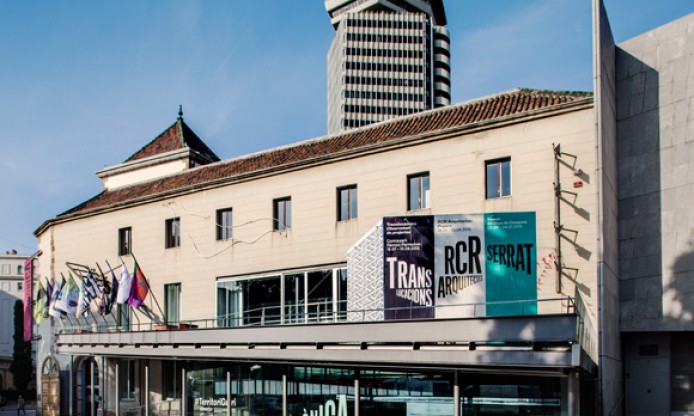
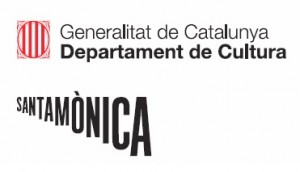
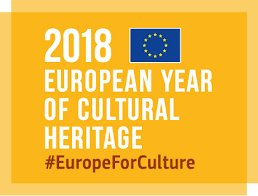



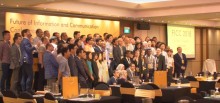

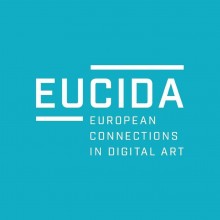
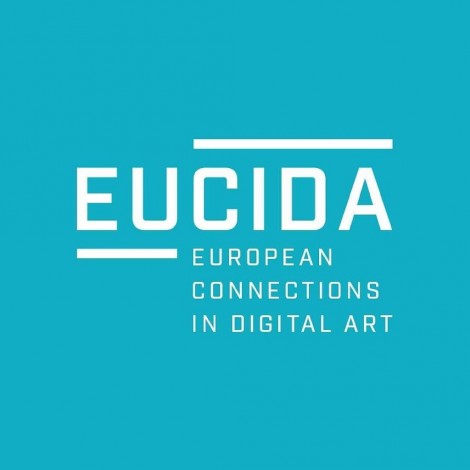 EUCIDA is a EU Creative Europe project led by South Dublin Arts Centre Company Ireland, in partnership with Le Département du Territoire de Belfort (France) and Rezeknes Novada Pasvaldiba (Lativa). It is an interactive and innovative community of digital, media and technology artists, curators, researchers and cultural workers, connecting to imagine new ways of artistic mobility, to use technologies as a vector and to augment the sharing of experience, creative practice and opportunities transnationally both for artists and new audiences in reality and virtually.
EUCIDA is a EU Creative Europe project led by South Dublin Arts Centre Company Ireland, in partnership with Le Département du Territoire de Belfort (France) and Rezeknes Novada Pasvaldiba (Lativa). It is an interactive and innovative community of digital, media and technology artists, curators, researchers and cultural workers, connecting to imagine new ways of artistic mobility, to use technologies as a vector and to augment the sharing of experience, creative practice and opportunities transnationally both for artists and new audiences in reality and virtually. 
 The workshop intends to produce a self- consciously work about social awareness and to engage a debate about the way we organize society and our lives, focus on our personal choices and their influence in our relationships, social and political life.
The workshop intends to produce a self- consciously work about social awareness and to engage a debate about the way we organize society and our lives, focus on our personal choices and their influence in our relationships, social and political life.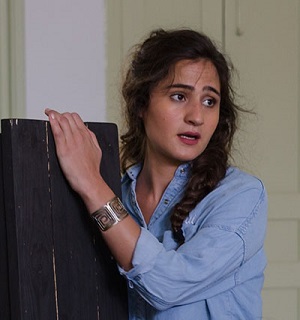 Time: 12 hours divided into 3 days.
Time: 12 hours divided into 3 days.